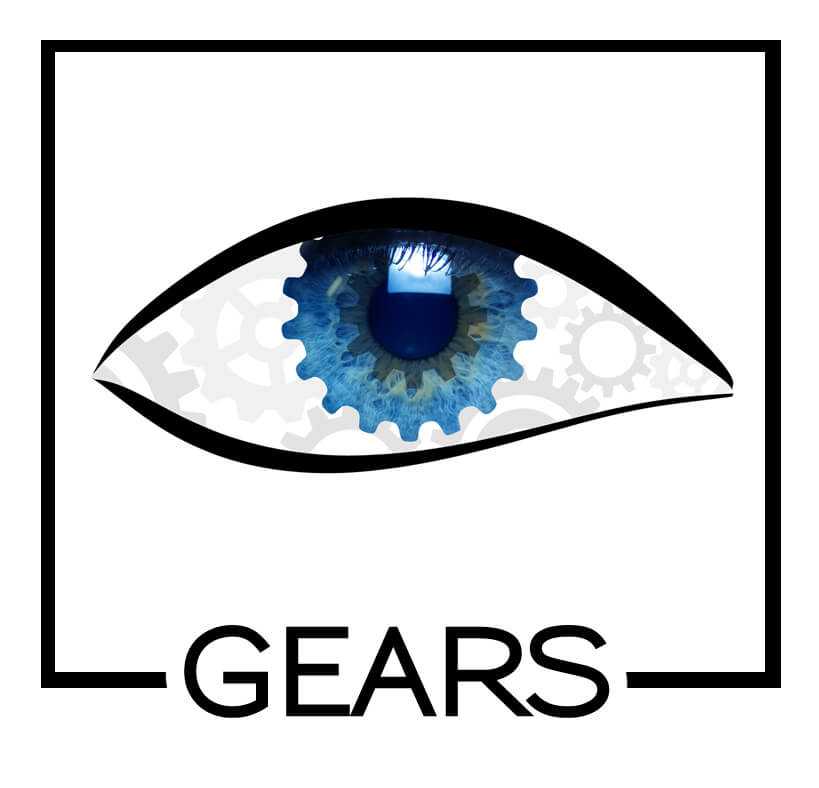Game-Engine-Assisted Research platform for Scientific Computing (GEARS) in Virtual Reality
The recent widespread availability of commodity head-mounted displays (HMDs) has fueled a virtual reality (VR) renaissance in several entertainment and media industries. This resurgence has produced a number of enabling technologies, both hardware and software, that reduce the barrier to entry for new applications of VR. In an effort to leverage these advantages for scientific computing, we provide a workflow that leverages game engines to adapt scientific visualization and simulation techniques for VR. This Game-Engine-assisted Research platform for Scientific Computing (GEARS) is hardware-agnostic, supports multiple game engines and programming languages, and incorporates existing libraries to allow researchers to directly port existing codebases to VR. Additionally, the platform integrates of a number of software tools that take advantage of VR’s enhanced functionality for scientific computing.


-
GEARS Multi-User Sharing : Presentation Video
-
References
Game-Engine-Assisted Research Platform for Scientific Computing (GEARS) in Virtual Reality
Expanding the iBET workflow to include real-time simulations and new, VR-specific analytical tools. Outlines the integration and optimization of LAMMPS for use in VR, control options, and a shader that can be used as a virtual confocal microscope
- Brandon K. Horton, Rajiv K. Kalia, Erick Moen, Aiichiro Nakano, Ken-ichi Nomura, Michael Qian, Priya Vashishta, Anders Hafreager, SoftwareX (accepted)
Published on May 30th, 2017
Last updated on January 27th, 2020

